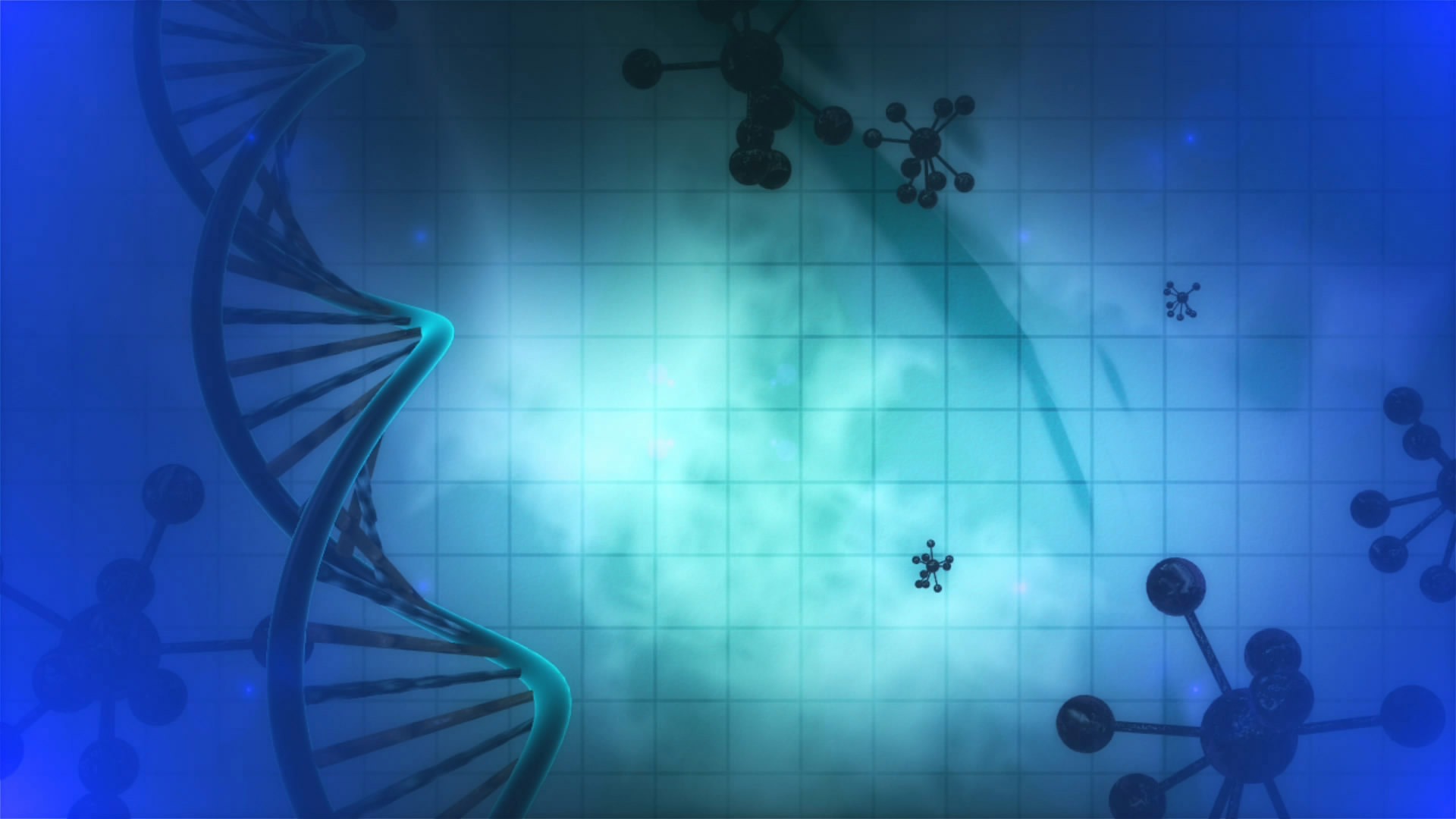Researchers from CNR-ISOF and University of Venice “Ca’ Foscari” have just published a joint work performed in recent years in the field of chemical sensing, integrating artificial intelligence (AI) with cutting-edge 2D-3D composite materials to sense the presence of sodium or potassium in biological fluids like sweat, saliva etc.
To perform the analysis, the researchers trained a neural network with over 4 million samples obtained by different nano-material combinations, creating a predictive model capable of deciphering intricate and overlapping electrochemical signals with noteworthy accuracy.

The study achieves good precision in detecting and quantifying complex ion mixtures such as sodium (Na⁺) and potassium (K⁺) ions under challenging conditions using a novel ensemble of graphene oxide and metal-organic framework-based sensors in combination with deep learning.
“The prediction of the concentration of Na+ and K+ by a voltammetric technique was only possible thanks to the use of AI” says Chiara Zanardi, one of the authors “This work breaks away from the traditional approach needing highly selective ion-sensing materials. Instead, the proposed system uses poorly selective, non-optimized sensors based on the differential ion intercalation and diffusion in 2D and 3D materials.”

“A downside of using DL is that the final algorithm works as a “black box” providing the ion concentration, with no possibility to deduce chemical information on how the network combine the different sensor channels, and why. “ comments ISOF director, Vincenzo Palermo “To better understand the sensing performance, we trained different networks on the same data excluding different channels; in this way we could “open” the black box, to understand which are the best performing materials for the sensing tasks.”
This work demonstrates that it is possible to use non-selective, unoptimized materials with sophisticated AI to outperform traditional methods, paving the way for a new class of adaptive, robust, and versatile chemical sensors, unlocking possibilities for real-time biofluid monitoring and more complex analytical environments. The methodology could yield far-reaching impact in environmental sensing, food safety, and beyond.
Link to full article:
Sensors and Actuators B: Chemical
Volume 427, 15 March 2025, 137194
Open access


